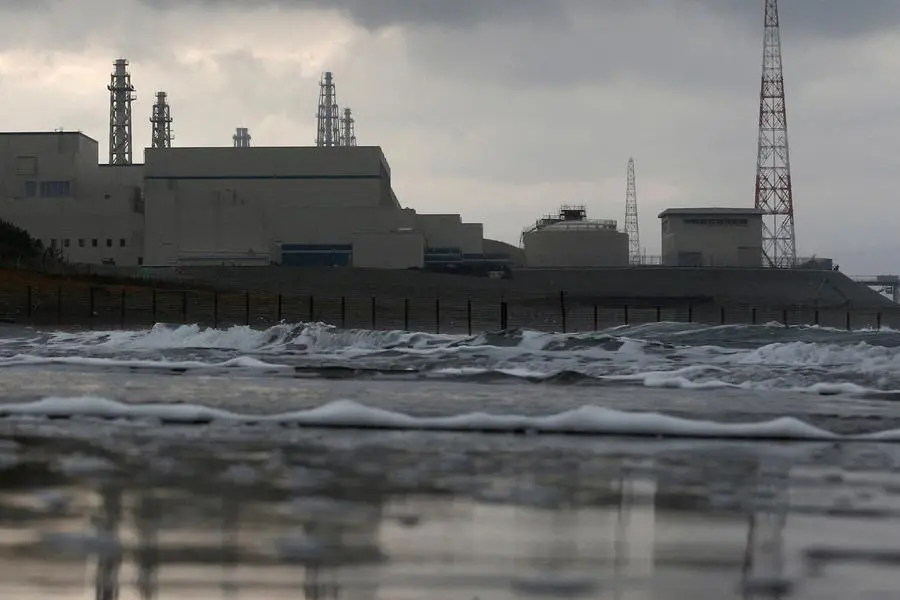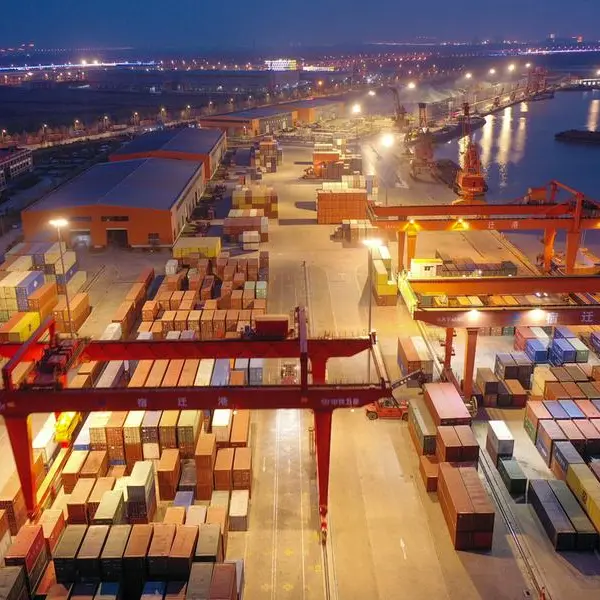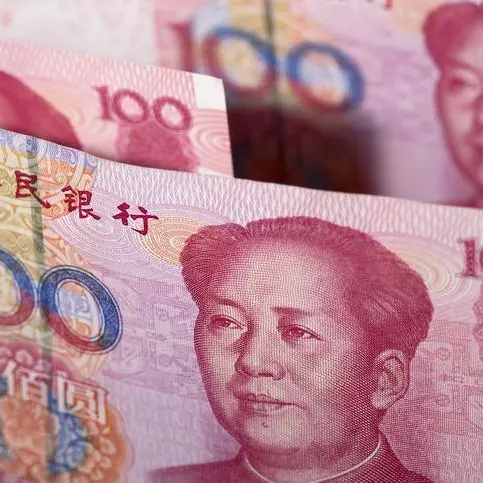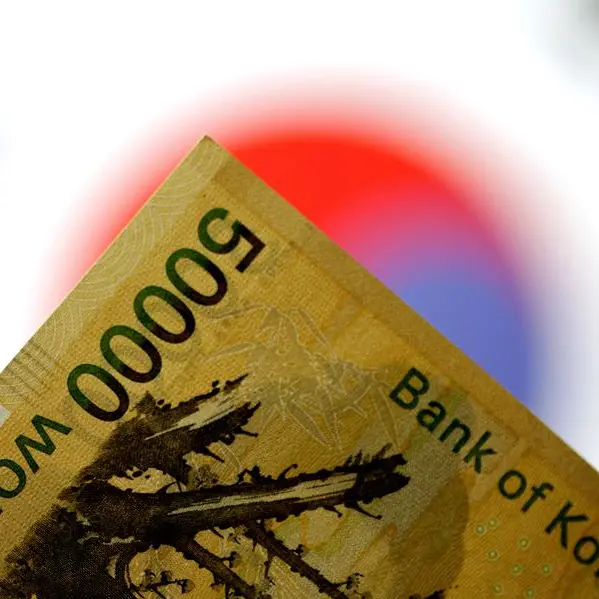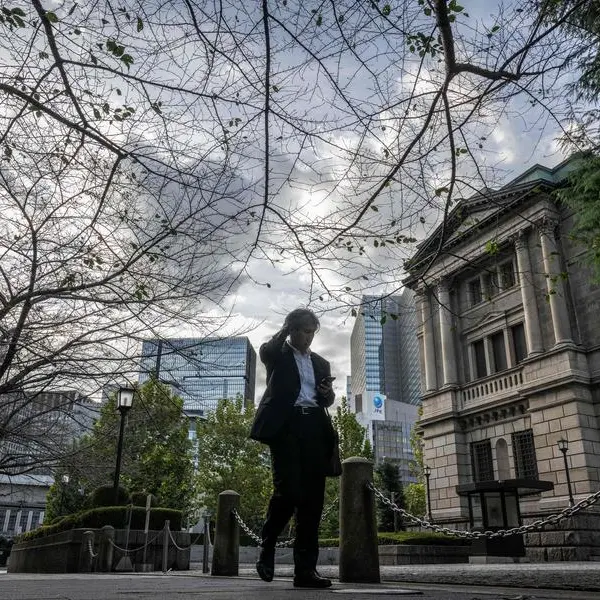PHOTO
Japan's Tohoku Electric Power said on Wednesday it will delay the restart of reactor No. 2 at its Onagawa nuclear station due to additional safety construction works, keeping all its nuclear power plants shutdown since the 2011 earthquake.
Japan is gradually bringing nuclear power back to its energy mix in a move to reach carbon neutrality goals and to reduce imports of liquefied natural gas (LNG) which it imports from elsewhere including from Russia.
Tohoku, whose Onawaga plant was closest among Japan's nuclear stations to the epicentre of the magnitude-9 quake in March 2011, received a regulatory approval to restart the No. 2 reactor in 2020 but has seen a delay in completion of safety construction measures.
On Wednesday, it said it expected a delay of several months in finishing safety construction measures earlier targeted for February. Timing of the reactor restart, set for May, will also be changed, Tohoku said, without providing a new timeline.
The station was swamped by the 2011 tsunami, but survived with its cooling system intact, saving its reactors from the threat of meltdowns similar to those that occurred at Tokyo Electric Power's Fukushima Daiichi plant to the south.
Japan's Hokuriku Electric Power on Sunday reported a small oil leak from its Shika nuclear power station, which was shaken by a powerful earthquake on New Year's Day, but said external radiation levels were not affected and there were no adverse impacts on the environment or human health.
Days before the magnitude 7.6 quake, which has killed over 200 people in the Hokuriku region, Japan's nuclear power regulator lifted an operational ban on Tokyo Electric Power's Kashiwazaki-Kariwa nuclear power plant, the world's biggest.
Resumption of the plant, offline following the Fukushima disaster, needs consent from the local governments of Niigata prefecture, Kashiwazaki city and Kariwa village, where it is located, and its timing is unknown. (Reporting by Katya Golubkova; Additional reporting by Yuka Obayashi Editing by Shri Navaratnam)
